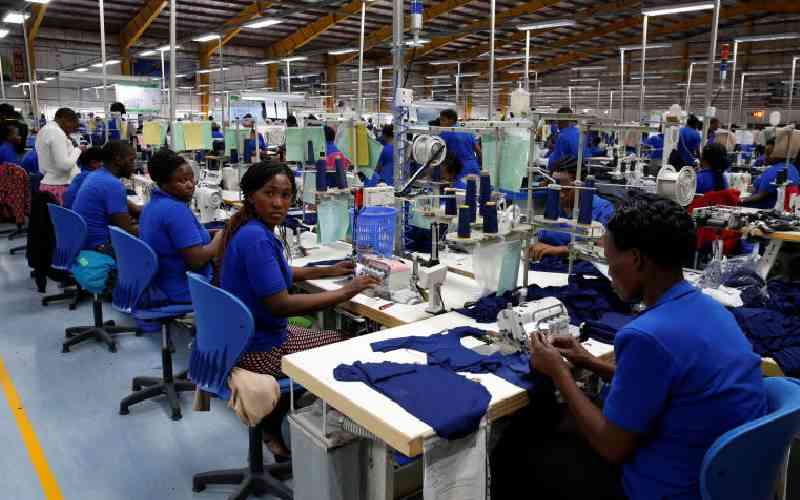×
The Standard e-Paper
Fearless, Trusted News

Out of 4,588,793 people in the age bracket, 1,265,477, or 27.6 per cent, fell under the NEET category. [Courtesy]
After five painful years of unsuccessfully looking for a job, Ishmael decided to end it all two years ago.







